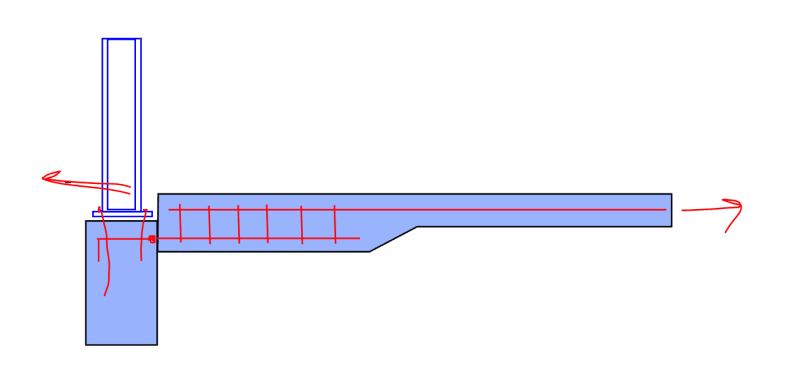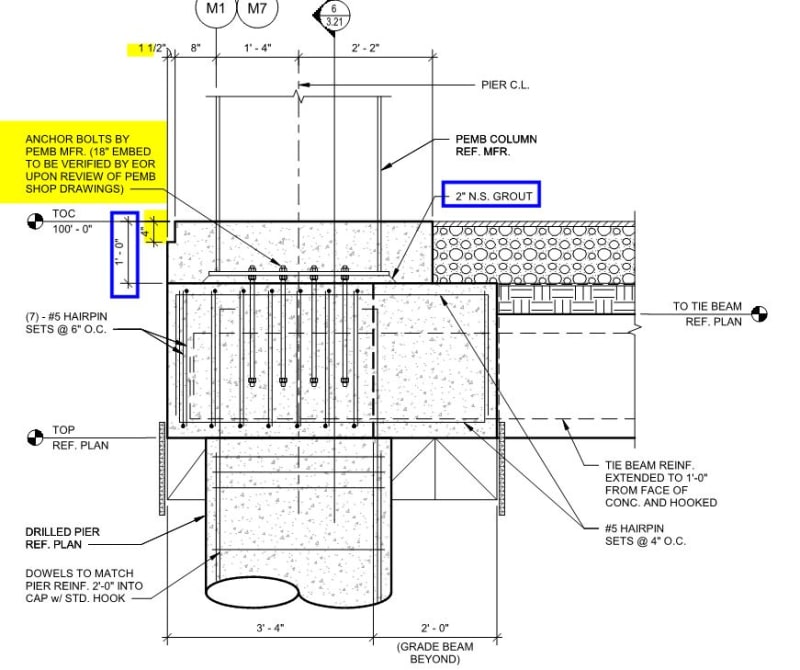phamENG said:
If you're proposing to start a thread convincing a bunch of engineers that mass doesn't exist, I really hope you don't need that much work in this area.
Ha! I can persuade
engineers just fine. It everybody else where I struggle.
phamENG said:
The design is slightly more complicated
Pish-posh, this shouldn't be any harder than anything else if those other things are being done properly.
phamENG said:
The implementation involves more pieces that have to be fabricated
Pish-posh. Just a little rebar that was likely to be there in the form of hairpins initially anyhow. I'd even be willing to omit the ties if the bar offset was <= 6"
phamENG said:
Removes some resiliency as compared to the tie beam - as Gopher mentioned somebody is likely to cut a trench to put a toilet in there eventually.
That kind of depends on how you look at it. If you put all of your eggs in one basket with a tie beam, someone might come along and chop that anyhow if they really need a toilet. If we used my partial ties to get the load out into the SOG convincingly to begin with, then there would likely be plenty of possible load paths for the tie force in a 6" slab to go around a toilet. You know, unless somebody comes and installs a big, building wide trench perpendicular to the ties. There's only so much hand holding one can do of course.
One thing that I like about my partial tie stirrups is that, hopefully, those would trigger some thinking when encountered during a renovation.
Naturally, a tie that is integral will the SOG can be the best of both worlds potentially. When I've done discrete ties, they've actually been separate from the SOG so as not to mess with shrinkage cracking, joint layouts etc.



